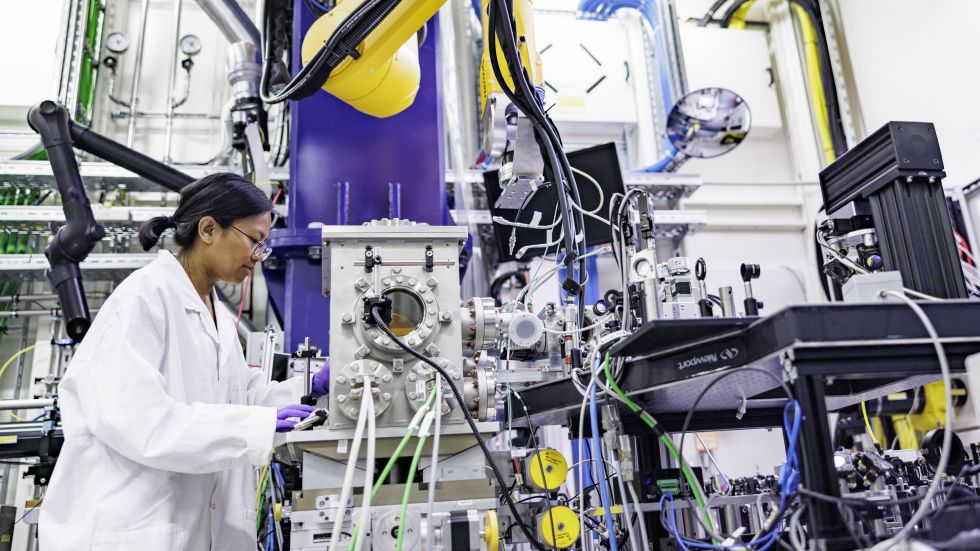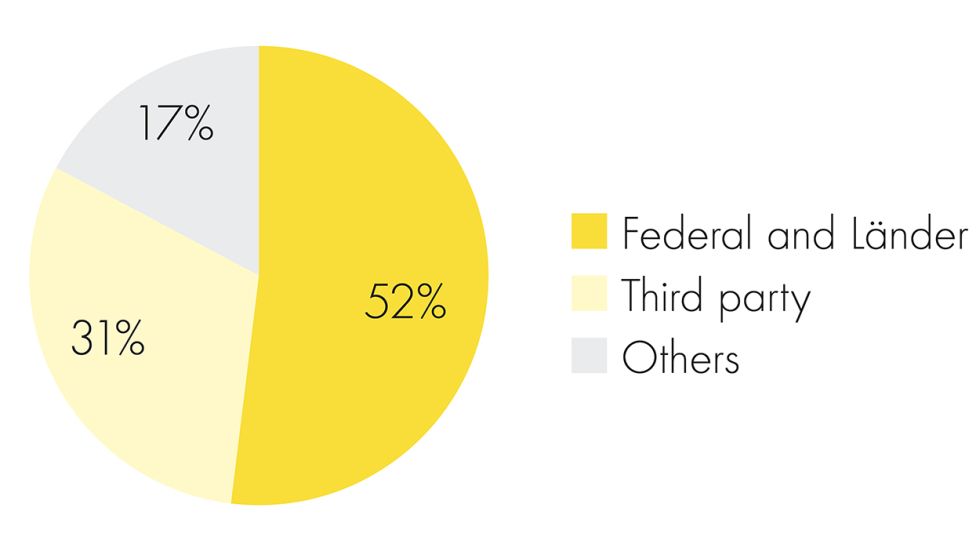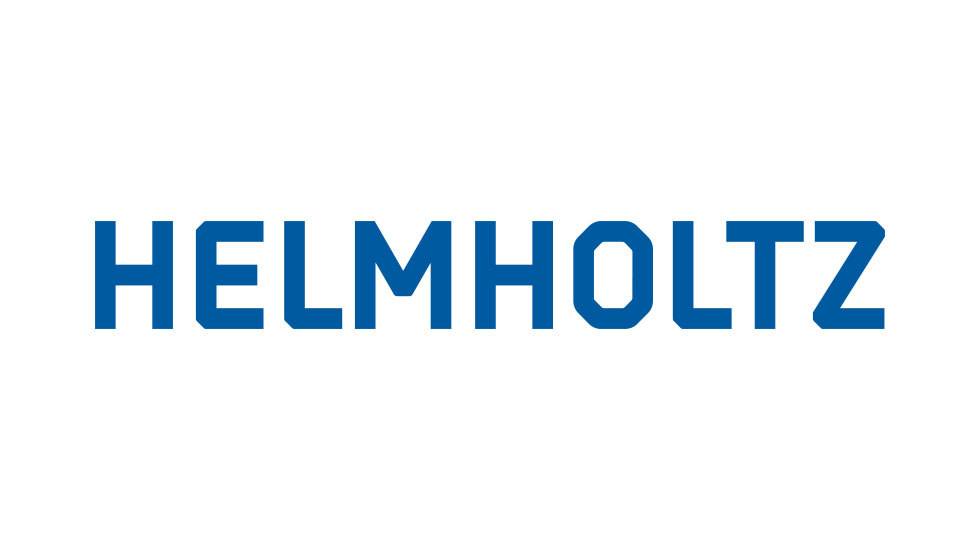Support making RiG more international!
Click here to start the surveySupport making "Research in Germany" more international! Your expertise and commitment are the key to the further development of promoting the German research landscape. We invite you to take part in our online survey and share your valuable experiences and opinions. Duration: 7-10 min.
Please start the survey at the end of your visit.
Helmholtz Association
The Helmholtz Association of German Research Centres is Germany’s largest research organisation. Helmholtz works on long-term research goals. The core concept is the preservation and improvement of the basis for human life.

Organisational details
The Helmholtz Association brings together 18 scientific-technical and biological-medical research centres throughout Germany. The Helmholtz’s six research fields focus on the grand and pressing challenges facing our society:
- Energy
- Earth and environment
- Health
- Aeronautics, space and transport
- Matter
- Information
The Helmholtz’s research institutions set up and operate unique research infrastructures and large-scale facilities such as particle accelerators, research vessels and earth observation satellites. They exemplify the division of tasks in the German research landscape and cooperation with German and foreign universities and research institutions: almost 13,000 external scientists and staff from more than 130 nations work at Helmholtz’s research facilities every year.
The Helmholtz Association has several instruments to enable Helmholtz Centres to achieve their goals, e.g.:
- Programme-oriented funding: Helmholtz invests its resources not in individual institutions, but in cross-centre research programmes. Their objective is to deliver an integrated response to complex issues emanating from academia, society, and the economy, and to work with the best partners to develop system solutions.
- Helmholtz develops and operates complex future-oriented infrastructures and unique large-scale facilities such as accelerator systems, research vessels, observatories and supercomputers and makes them available to researchers from around the world.
- The Helmholtz Initiative and Networking Fund makes it possible to set up initiatives rapidly and flexibly in areas where strategic goals are to be reached quickly.
Facts and figures
18 scientific-technical and biological-medical Helmholtz Research Centres
Approx. 45,000 employees, including roughly 16,600 scientists; 6,400 PhD students and almost 4,500 visiting scientists from all over the world
Annual budget: 6.0 billion euros (2022)
Partnerships with institutions and organisations all over the world, international collaborative research projects in many countries
Approx. 330 patent applications and 16 spin-offs (2022)
Research activities
The Helmholtz Centres contribute to our understanding of the complex systems that influence human life and the human environment: not only questions relating to a secure and reliable energy supply, sustainable use of resources, future mobility or the treatment of previously incurable diseases, but also questions such as the origin of the universe. Helmholtz Centres provide the most modern scientific infrastructure, which is also used by the international scientific community. In some cases, the equipment is to be found nowhere else in the world.
International cooperation
The Helmholtz Association of German Research Centres maintains offices in Beijing, Brussels and Tel Aviv.
Helmholtz maintains numerous bilateral collaborations, for example with France, Israel, the UK, China, Australia, Japan, the USA and Canada.
Individual Centres are also represented by their own offices in selected countries, for example DLR with its offices in Paris, Tokyo, Brussels and Washington, or KIT in Suzhou, China.
Each year, about 4,500 guest scientists from more than 130 nations use Helmholtz’s globally unique research infrastructures.
Budget
The Helmholtz Association’s total budget amounts to 6.0 billion euros (2022).

Helmholtz’s annual budget consists of basic funding and third-party funding. The Federal Government and the respective states in which Helmholtz Centres are located provide funding on a ratio of approximately 90 to 10 per cent. The research institutions raise more than 30 per cent of their total budget themselves in the form of third-party funding.
Helmholtz Association on social media:


Helmholtz Association
Berlin Office
- Anna-Louisa-Karsch-Straße 2
- 10178 Berlin